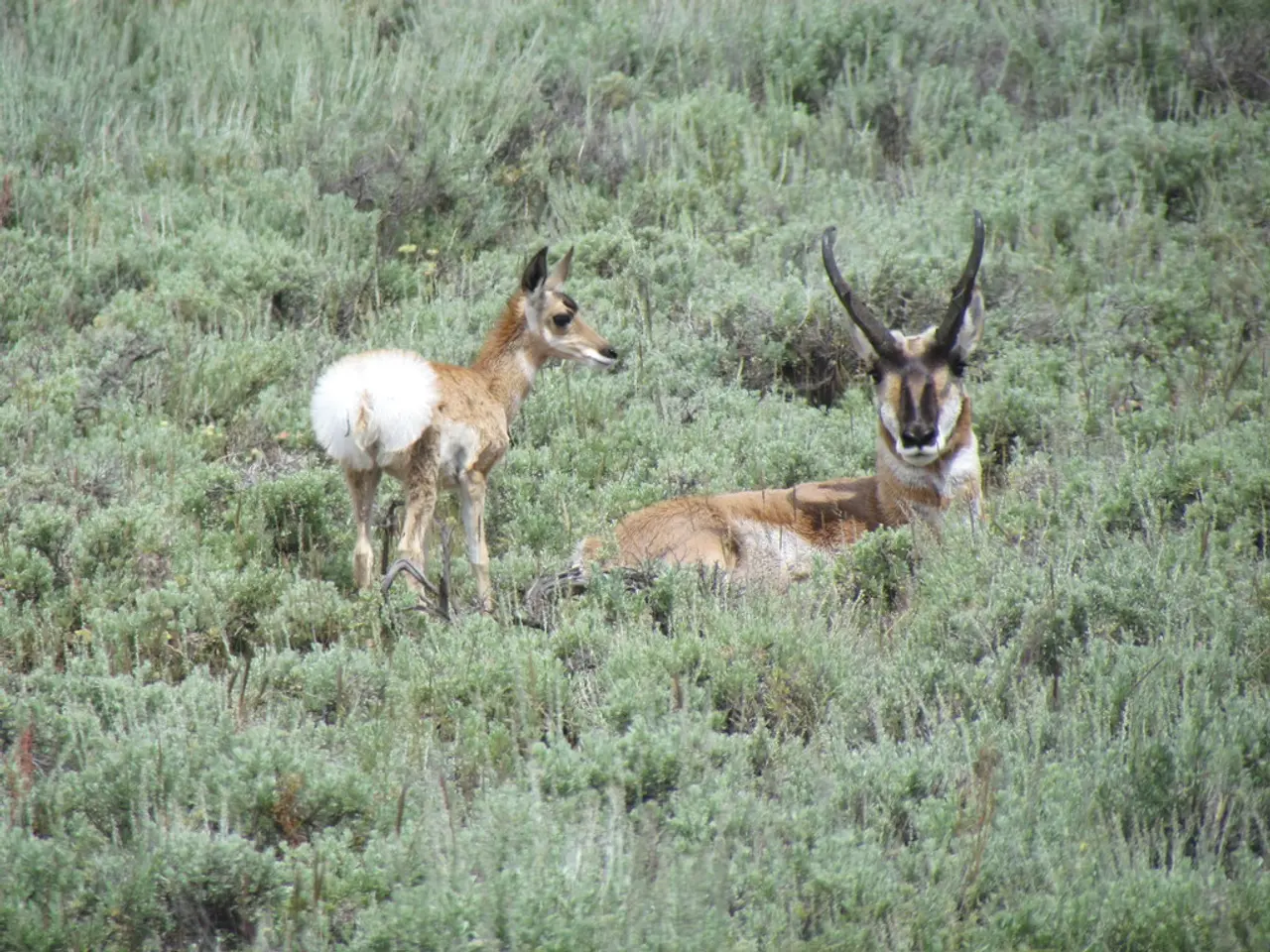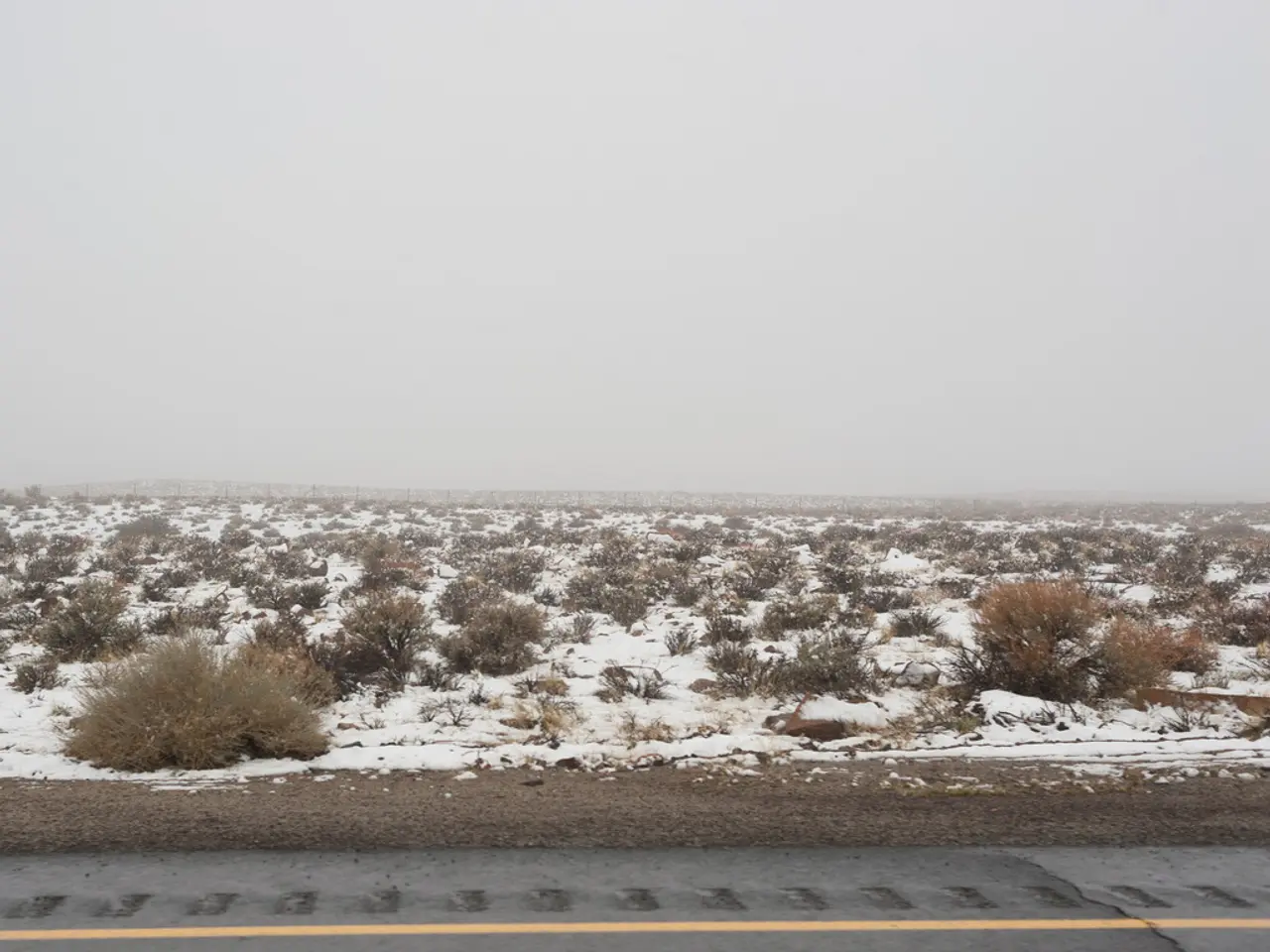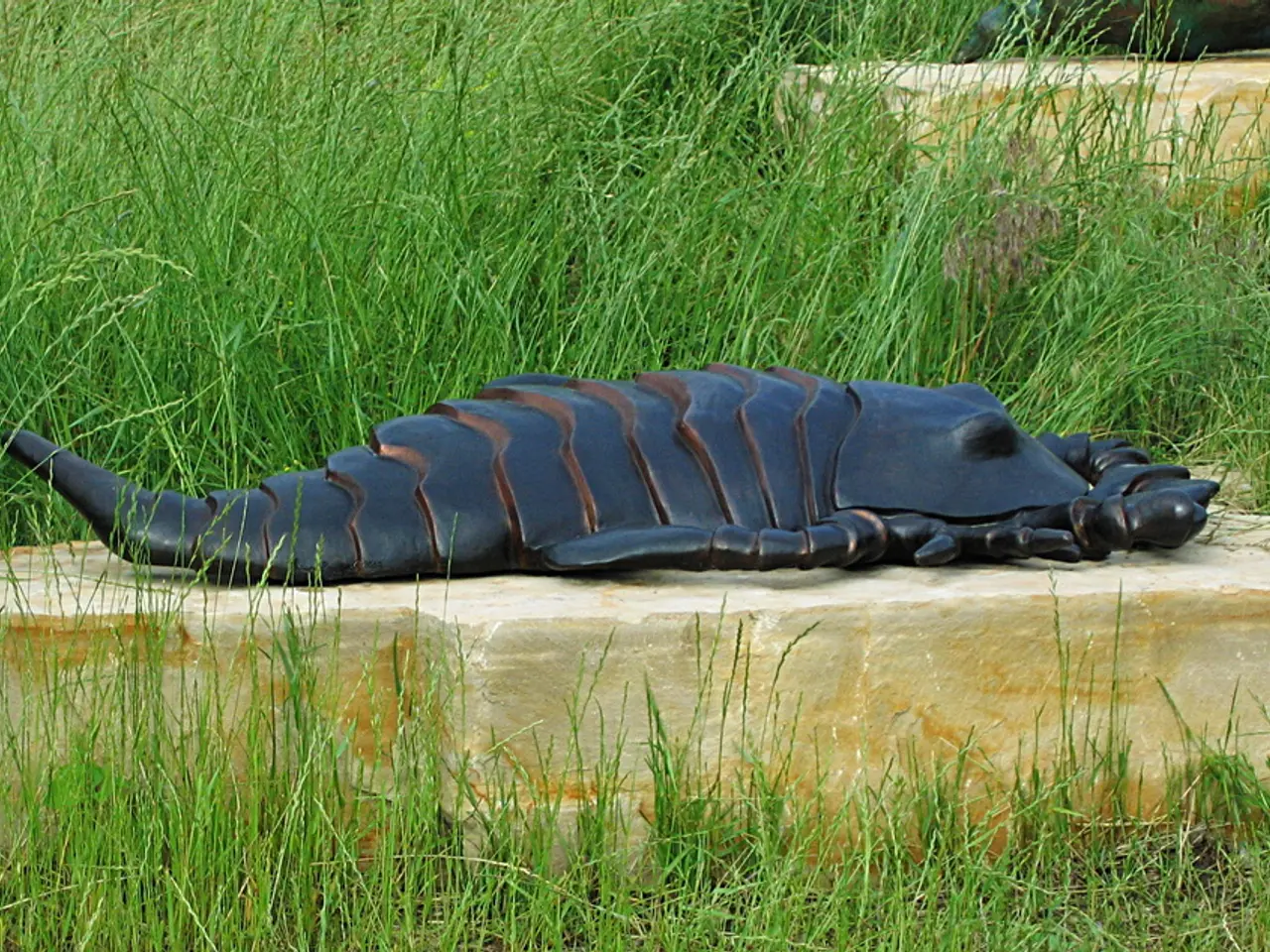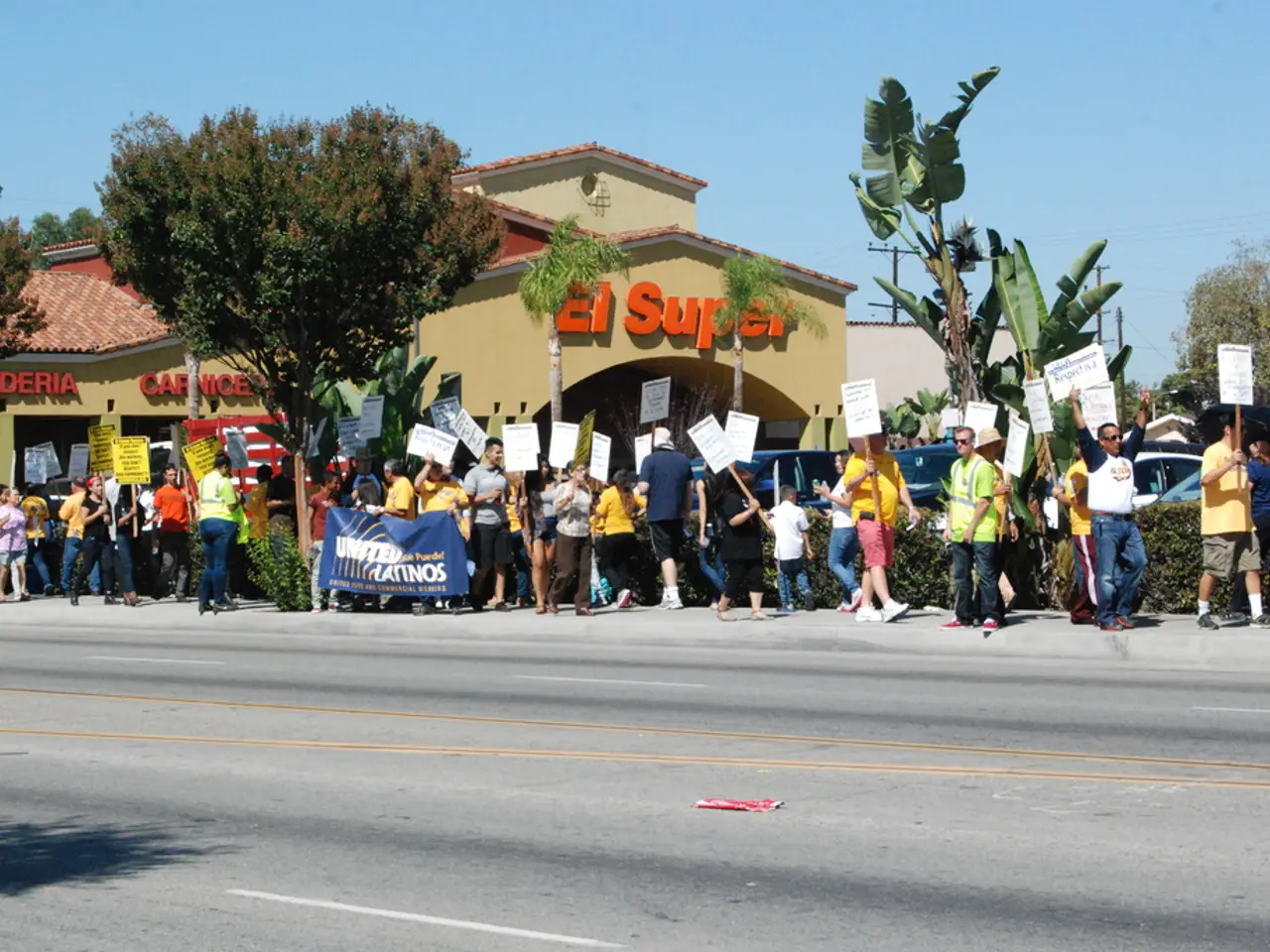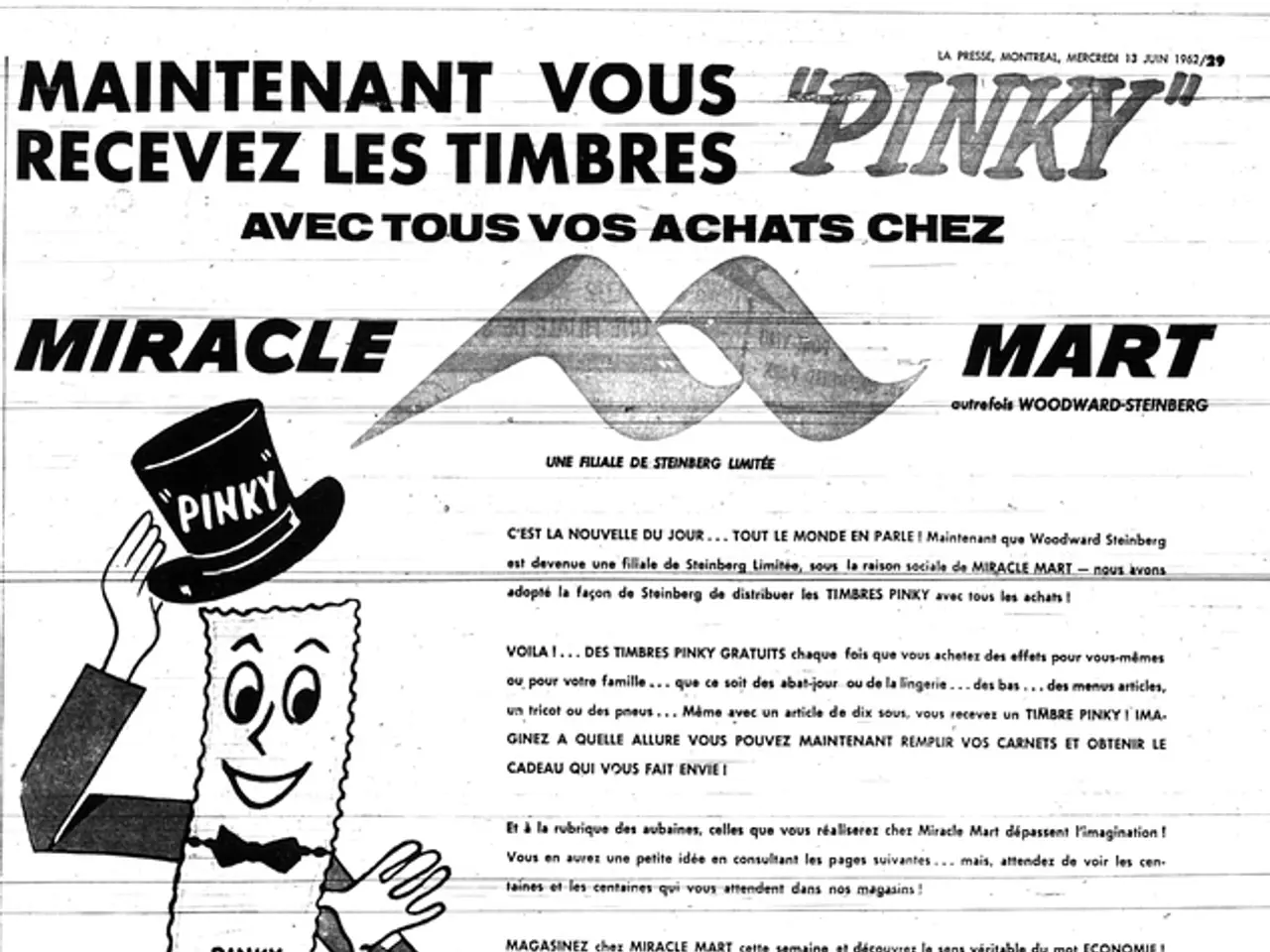Finnish weather disrupted Russian radio signal transmission
## Hot Weather Causes Unusual Radio Signal Propagation in Finland and Ukraine
In a fascinating turn of events, the recent heatwave has caused radio signals to travel much further than usual in Finland and Ukraine, leading to unexpected broadcasts and potential interference. This phenomenon, known as tropospheric ducting, occurs when temperature inversions create a "duct" that traps radio waves, allowing them to travel hundreds or even thousands of kilometers.
### Finland's Summer Ducts
Finland's relatively flat terrain and proximity to large water bodies can facilitate the formation of atmospheric ducts, especially during summer temperature inversions. As a result, FM and VHF broadcast signals, which normally have a line-of-sight range, can travel much farther, allowing stations like "Road Radio", "Monte Carlo Radio", "Radio Mir", Like FM, and others to be picked up by Finnish territory. This occasionally causes interference between stations in neighboring regions or countries.
### Ukraine's Plains and Heatwaves
Ukraine's vast plains and periodic heatwaves create similar conditions for tropospheric ducting. During these hot spells, FM and VHF broadcast signals can travel much farther, enabling stations to be received well outside their usual service areas. For instance, in the Kyiv region of Ukraine, some areas started picking up Belarusian radio, an event reportedly new to locals in the area.
### Broadcasters Adapt to Anomalous Propagation
Broadcasters in both countries have historically had to adapt their operations during periods of anomalous propagation, sometimes adjusting transmitter power or scheduling maintenance to minimize interference. Radio enthusiasts (DXers) in these regions may enjoy rare long-distance reception of stations that are normally beyond their reach, especially during summer heatwaves.
### Encrypted Messages Transmitted by "The Buzzer"
On July 10, the shortwave radio station UVB-76, known as "The Buzzer", transmitted two encrypted messages. The first contained the combination "NJTI 62679 TAKSA 0216 5516", while the second contained "NJTI 15886 VESTOMOR 9089 7726". These transmissions are separate events from the incident of radio stations from Russia appearing on Finnish car radios, a phenomenon reported by the broadcaster Yle.
### Limitations and Other Factors
While hot weather can enhance signal propagation through the troposphere, ionospheric conditions (such as solar activity) remain the primary driver for long-range HF communication. The effects described are most relevant to VHF/UHF and FM broadcasting; for HF (shortwave), ionospheric variability is much more influential than local weather.
In conclusion, the heatwave is responsible for creating layers in the atmosphere with different temperatures, enabling long-distance radio signal travel. This phenomenon, while fascinating, poses challenges for broadcasters who must adapt their operations to manage these propagation anomalies.
During the heatwave, unusual radio signal propagation occurred in Finland and Ukraine due to tropospheric ducting, with stations like "Road Radio" and "Monte Carlo Radio" being heard in Finnish territory. Similarly, Ukrainian areas started picking up Belarusian radio stations during hot spells, suggesting that the weather significantly impacts long-distance radio reception.

